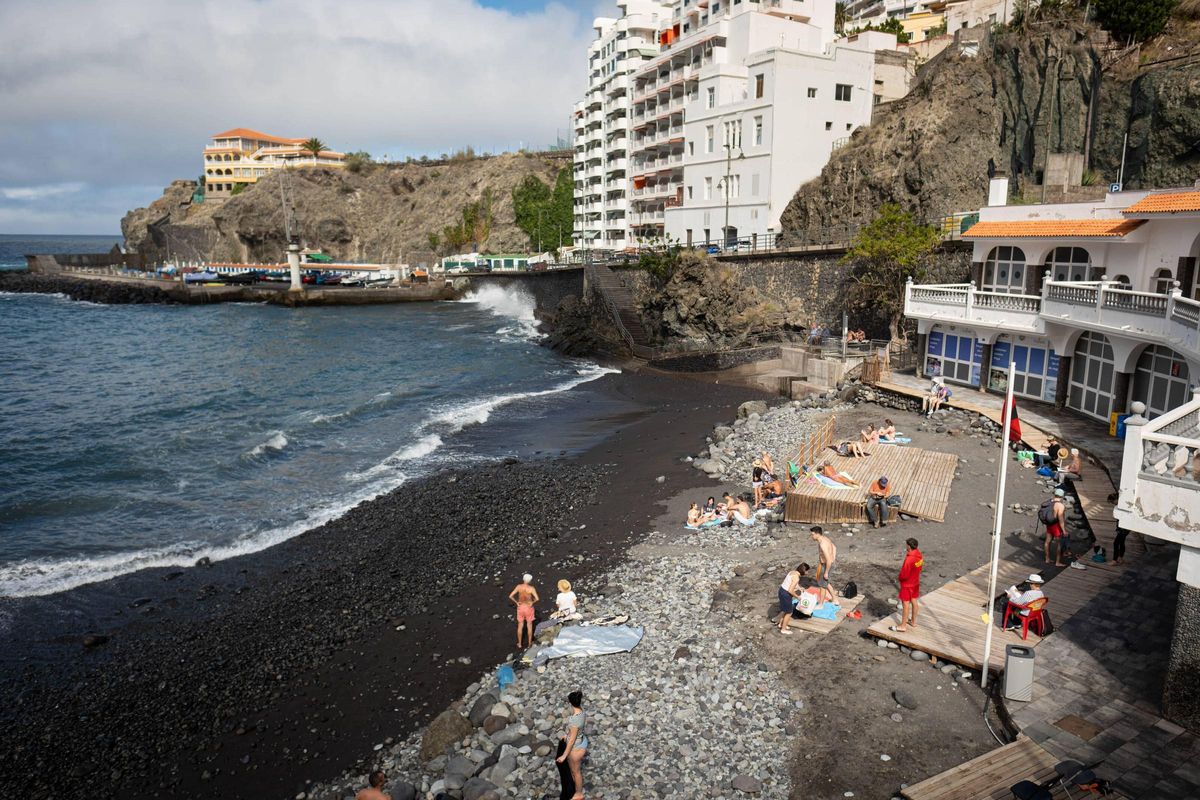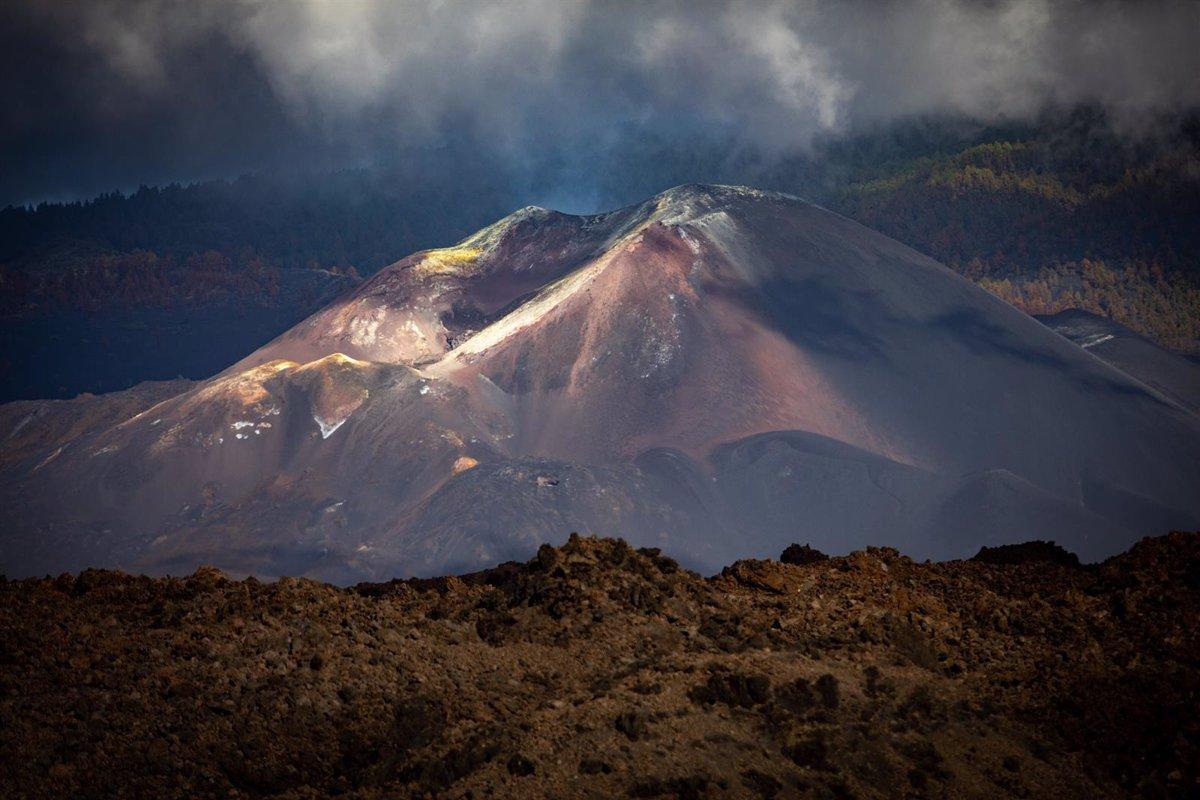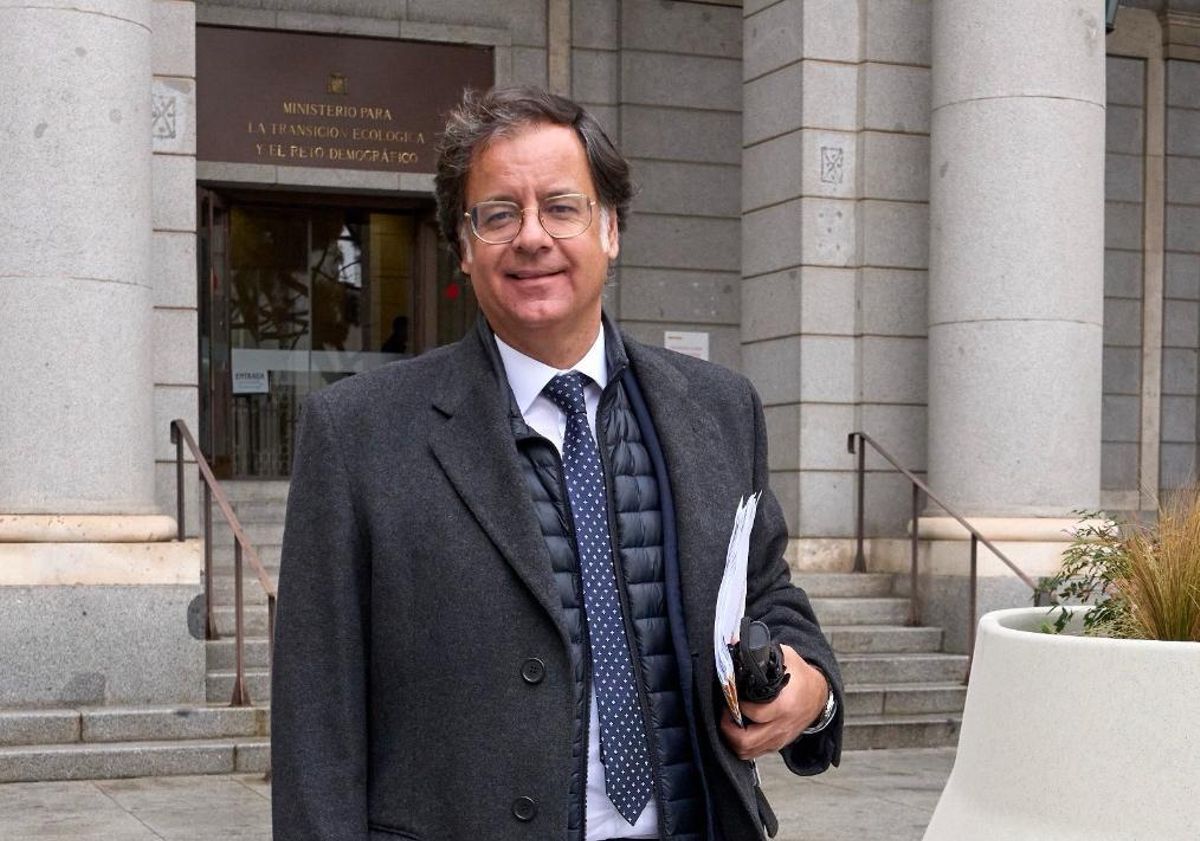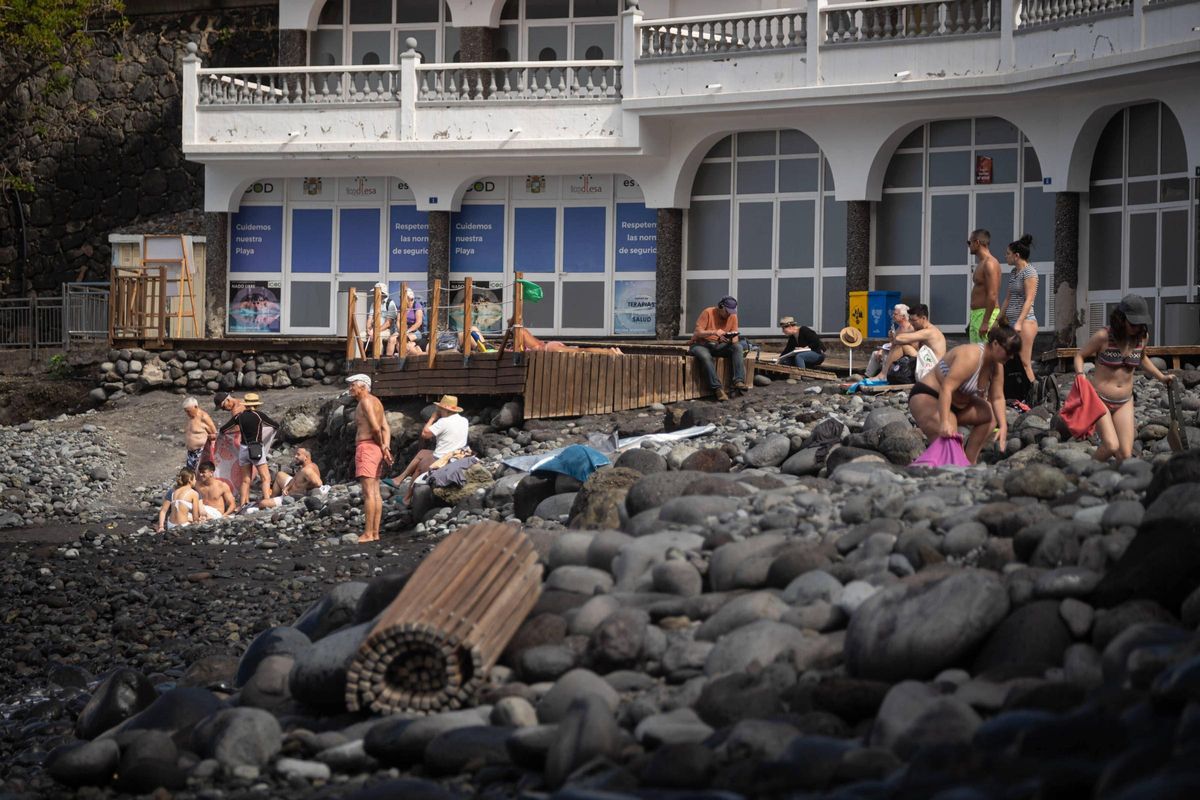The San Marcos Beach Wine Icod is set to address the deficiency of black sand caused by the ash from the eruption of the Tajogaite volcano on La Palma. The vice councillor for infrastructure has made significant progress to ensure that this one-of-a-kind solution in Spain contributes to preserving one of the key bathing spots in the northern area of Tenerife. The initiative has already received the approval from the Ecological Impact Studies Service of the Regional Executive and the College of Civil Engineering, Canals and Ports, in addition to the backing of the General Directorate of the Coast and the Sea at the national level.
The proposal has advanced to the point where it now includes a budget estimate: the transport of 41,000 cubic metres of ash from La Palma to San Marcos Beach in Tenerife will amount to 2.2 million euros.
The Deputy Minister of Infrastructure of the Canarian Government, Francis González, suggests that «If the process unfolds as anticipated, there should be sand on San Marcos before summer 2026». González has taken an active role in addressing the sand shortage issue at San Marcos beach, as it is a top priority for a municipality where he previously held the position of mayor.

A recent photograph of San Marcos beach, showing minimal sand on the shore. / Arturo Jiménez
Francis González recently returned from Madrid to present the project to Ana María Oñoro, the national director of Coasts. “Although we have a coastal department in the Canary Islands, we require the support of the National Directorate for this initiative concerning San Marcos beach, as it falls under the maritime-terrestrial public domain owned by the State,” he explained, adding that Ana María Oñoro “found the idea very intriguing and informed us that they would work on granting the necessary permits to commence the project.”
The severe storms that San Marcos beach has faced, among other factors, have resulted in an ongoing sand deficit that prompted a reaction from relevant authorities. As far back as 2015, it was reported that the public bathing area had lost more than 15,000 cubic metres of sand, which had not been replenished by tides or natural coastal processes.
That same year, remedial actions were initiated, including repairs to walls and access routes and the replacement of urban facilities, but a more extensive intervention was necessary to restore the black sand to the beach.

Tajogaite volcano, located on La Palma. / The day
In February 2023, the project titled Recovery of San Marcos Beach, developed by Trazas Engineering, was approved. The proposal identifies the use of crushed sand, derived from quarry rocks, as the most viable short-term solution. However, the ash from the La Palma eruption was also considered as a potential alternative, which occurred between September 19 and December 13, 2021. While this option was discussed, it raised numerous questions due to its unprecedented and experimental nature, necessitating a novel administrative framework.
The efforts made by the Vice Ministry of Infrastructure in this regard have begun to yield “satisfactory results”, according to its leaders. Indeed, Francis González recalled that there is already a reservation of 1.1 million euros within the regional budgets specifically for this project, which may be extended to 2.2 million euros for utilising the Tajogaite sand. “We have received positive responses and have been working to ensure that, once all the permits are secured, we can commence work without delay,” González stated.
Over 2,500 truck trips will be required to transfer the ash from the volcanic eruption
The 41,000 cubic metres of volcanic ash from La Palma will be transported from the storage site at The spots to Tazacorte port. The infrastructure vice councillor has also presented this idea to the Cabildo de La Palma, another body that views this measure favourably.
The transfer is expected to necessitate more than 2,500 truck trips between the spots and Tazacorte. The maritime transportation of the ash from Tazacorte to San Marcos beach alone would be estimated at 1.2 million euros.

Francis González, Deputy Minister of Infrastructure, prior to his meeting with the Director General of Coasts in Madrid. / The day
One of the positive reports comes from the ecological impact studies service of the Canary Islands, presented last August. This study emphasises the significant benefits of using the Tajogaite sand compared to crushed alternatives. “Employing volcanic ash instead of crushed sand offers dual advantages environmentally, preserving the natural landscape of Tenerife,” the report states, detailing: “It mitigates the need for rock extraction from quarries and alleviates the existing environmental issues associated with the large accumulation of cleaning waste from the ashes in La Palma, as well as the risks of landslides caused by water from adverse weather events.”
«Hence, it appears urgent to proceed with this initiative once the necessary approvals and environmental assessments are favourable,” concludes the ecological impact studies service.
Regarding the crushed sand, it is worth noting that the construction sector has repeatedly highlighted the shortage of aggregates on Tenerife, where over 48% of the land is classified under some form of environmental protection as a designated natural area.

Beachgoers this Monday at San Marcos beach in Icod de los Vinos. / Arturo Jiménez
«Using the more than 40,000 cubic metres of crushed sand outlined in the project equates to a significant volume that would be deducted from concrete production and quality mixtures, especially considering that Tenerife has only one quarry licensed by the General Directorate of Industry of the Canary Islands for basaltic rock extraction,” he emphasises.
Meanwhile, regarding the volcanic ash, the Regional Executive asserts that the accumulated material on La Palma following the Tajogaite volcanic eruption is «a significant environmental issue for the island that requires urgent eradication».
«The ash not only hinders the free movement of vehicles on the island’s roads, jeopardising road safety, but poses a threat to residents during adverse weather events marked by heavy rainfall, which could lead to mass movements of material in undesired locations,” he explains.
Another favourable report affirms that Tawogaite ashes are “suitable” for revitalising San Marcos beach
The additional supportive report from the College of Civil Engineers, Canals and Ports was submitted in February 2023 and indicates that the ashes from the Tajogaite volcano are “suitable” for San Marcos beach. This conclusion was reached after analysing five ash samples gathered from various locations around Tajogaite.
“All samples examined displayed a concentration of soluble heavy metals in water below established limits set by reference standards for inert material, allowing us to classify the volcanic ash as inert,” meaning they do not produce reactions within natural environments or human health. “We can affirm that the ashes from the La Palma volcano are appropriate for the regeneration of black sand beaches” like San Marcos, in Icod de los Vinos.
«The countdown has begun to implement this innovative initiative,” states Francis González. The Deputy Minister of Infrastructure considers the recent support received from the General Directorate of Coasts to be “crucial” in advancing a solution that “Icod de los Vinos needs to finally possess a beach with adequate sand for the enjoyment of both residents and visitors ».
Subscribe to continue reading















